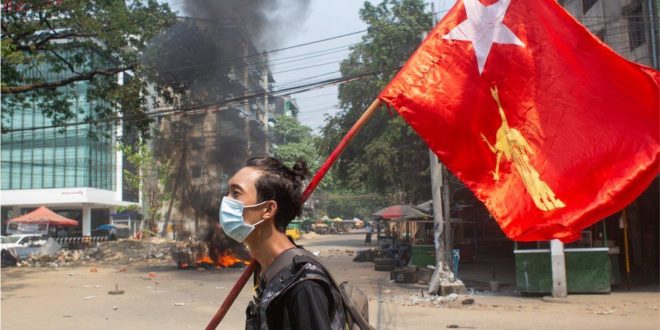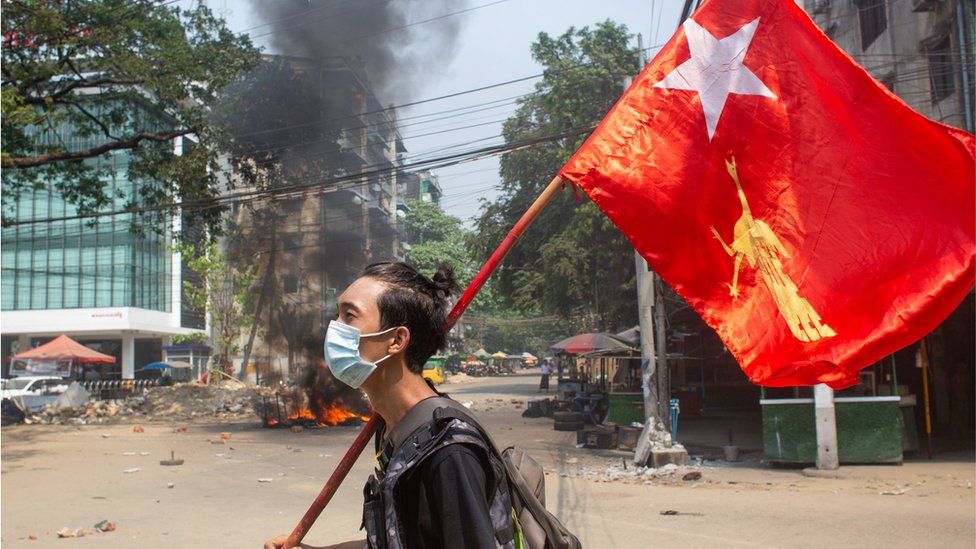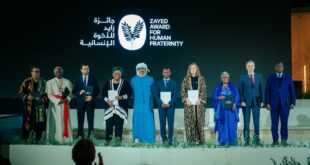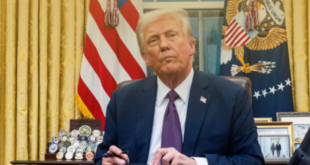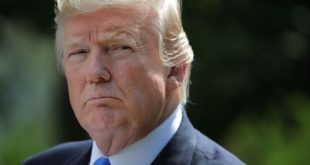Secretary of State Antony Blinken accused the military of “a reign of terror” that was “sacrificing the lives of the people to serve the few”.
Saturday was the deadliest day since last month’s military takeover.
The defence chiefs of a dozen nations, including the UK, on Sunday issued a rare joint statement condemning the military’s violent actions.
The US, Japan and Australia were also among the signatories of a statement that said: “A professional military follows international standards for conduct and is responsible for protecting – not harming – the people it serves.”
UN Secretary-General Antonio Guterres said he was “deeply shocked” at the violence and British Foreign Secretary Dominic Raab called it a “new low”.
The EU delegation to Myanmar said Saturday – officially Armed Forces Day – would “stay engraved as a day of terror and dishonour”.
Mourners are expected to attend funeral processions across the country on Sunday.
The lethal crackdown against civilians – including children – came as protesters defied warnings and took to the streets in towns and cities.
The Assistance Association for Political Prisoners (AAPP) monitoring group confirmed at least 91 deaths. Local news site Myanmar Now put the death toll at 114, while the United Nations said it was receiving reports of “scores killed” and hundreds injured.
“They are killing us like birds or chickens, even in our homes,” resident Thu Ya Zaw told Reuters news agency in the central town of Myingyan.
“We will keep protesting regardless.”
The latest violence took the number killed in the suppression of protests in Myanmar since the 1 February coup to more than 400.
The military seized control of the South East Asian country after an election which Aung San Suu Kyi’s National League for Democracy (NLD) party won by a landslide.
What happened on Saturday?
The day started with a military show of strength – a parade and speech from the coup leader Min Aung Hlaing, who said he wanted to “safeguard democracy” but also warned against “violent acts”.
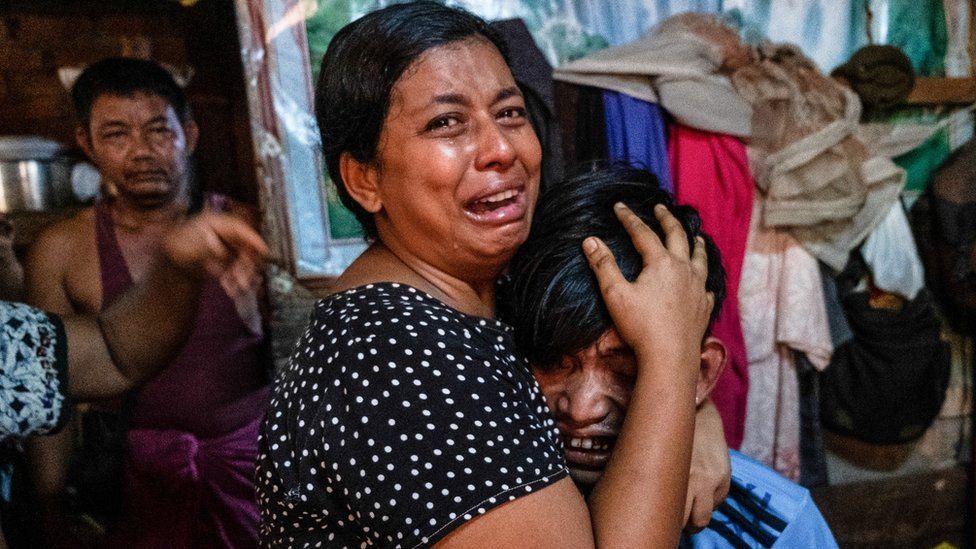 IMAGE COPYRIGHTREUTERS
IMAGE COPYRIGHTREUTERSAnti-coup activists had called for peaceful protests but they soon turned violent as the security forces opened fire in more than 40 locations.
The commercial centre, Yangon, saw dozens of deaths, but killings were recorded from Kachin in the north to Taninthartharyi in the far south.
The military has not commented on the killings.
The director of the Burma Human Rights Network in UK told the BBC the military had shown it had “no limits, no principles”.
“It’s a massacre, it’s not a crackdown anymore,” Kyaw Win said.
Children among the dead and injured
Moe Myint, BBC Burmese
Fourteen-year-old Pan Ei Phyu’s mother says she rushed to close all the doors when she heard the military coming down her street. But she wasn’t fast enough. A moment later, she was holding her daughter’s blood-soaked body.
“I saw her collapse and initially thought she just slipped and fell. But then blood spurted out from her chest,” she told BBC Burmese from Meiktila in central Myanmar.
It was the randomness of the killings that was particularly shocking. Armed with battlefield weapons, the security forces appeared willing to shoot anyone they saw on the streets. The brutality they showed they were capable of is on another level from what we have seen since the coup.
Neither side – the military nor the pro-democracy movement – is willing to back down. The military thinks it can terrorise people to achieve “stability and security”. But the movement on the streets, led by young people, is determined to rid the country of the military dictatorship once and for all.
It’s painful to have to count the mounting dead, especially the children.
Violence also flared between the army and a leading armed ethnic group representing the Karen minority.
The Karen National Union said it had overrun an army post near the Thai border, prompting an attack by military jets on a village that killed three people.
There has been rising tensions between the group and the military after years of relative peace.
Myanmar profile
- Myanmar, also known as Burma, became independent from Britain in 1948. For much of its modern history, it has been under military rule
- Restrictions began loosening from 2010 onwards, leading to free elections in 2015 and the installation of a government headed by veteran opposition leader Aung San Suu Kyi the following year
- In 2017, Myanmar’s army responded to attacks on police by Rohingya militants with a deadly crackdown, driving more than half a million Rohingya Muslims across the border into Bangladesh in what the UN later called a “textbook example of ethnic cleansing”
- Country profile

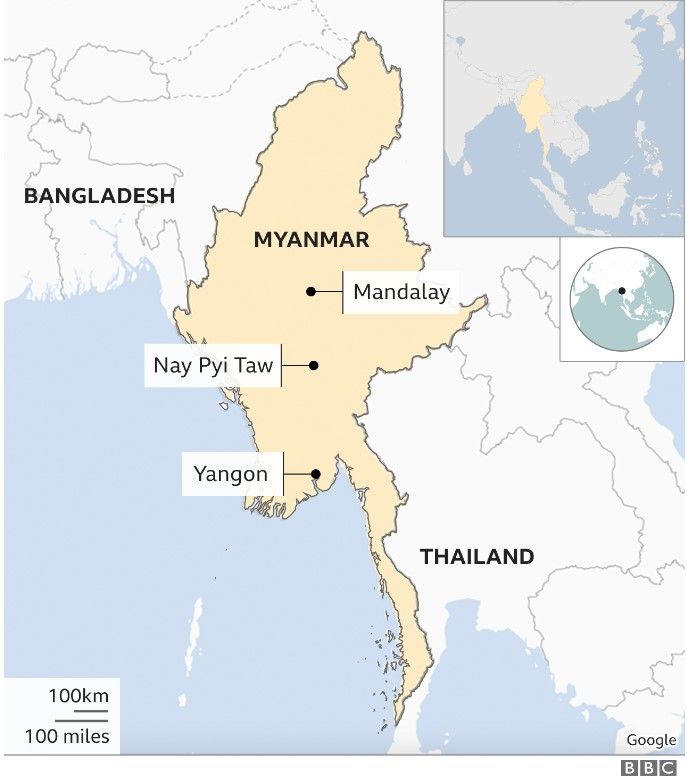
 Home Of Ghana News Ghana News, Entertainment And More
Home Of Ghana News Ghana News, Entertainment And More
